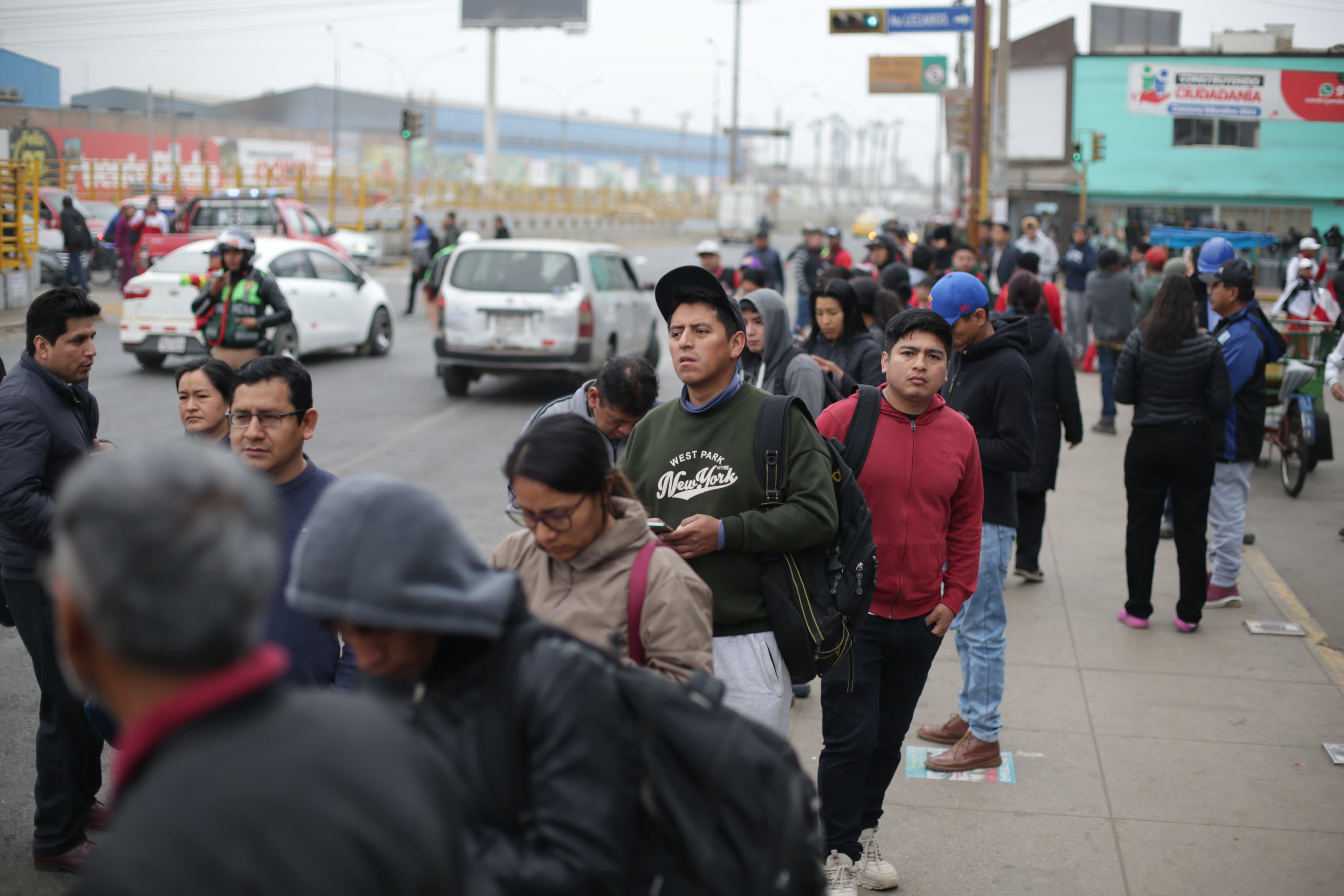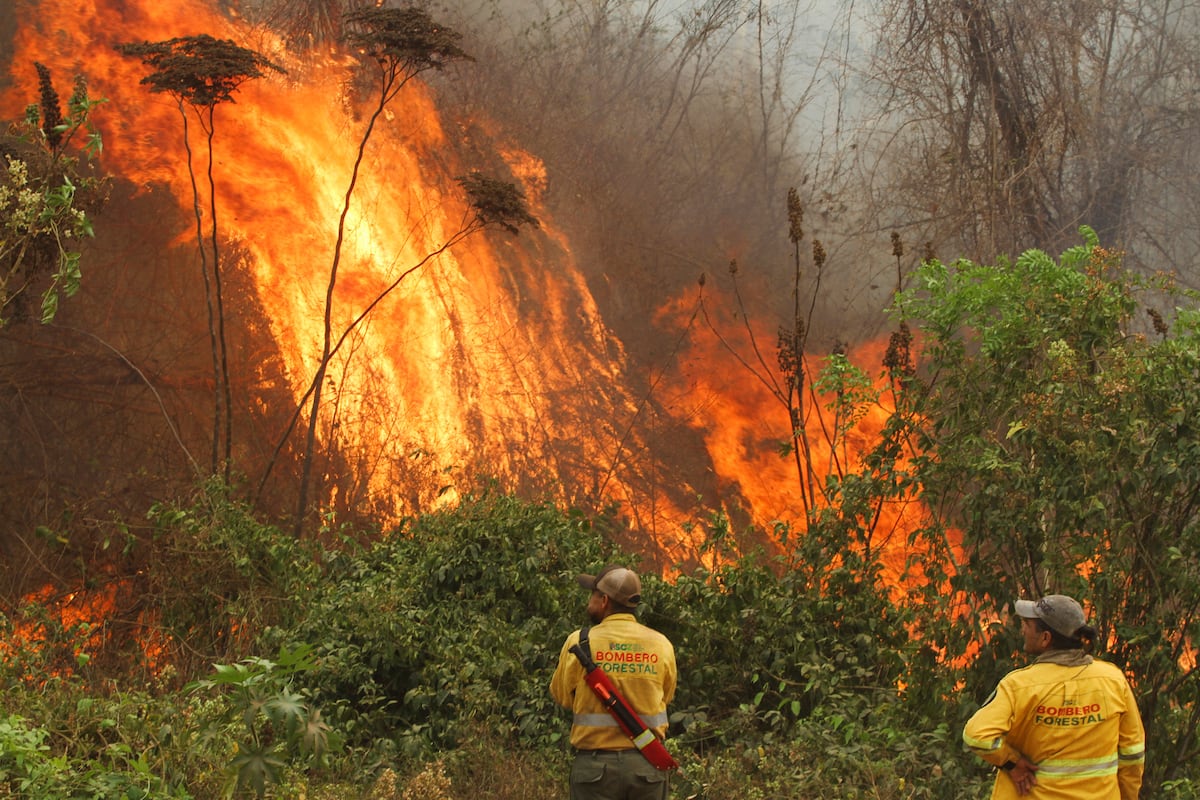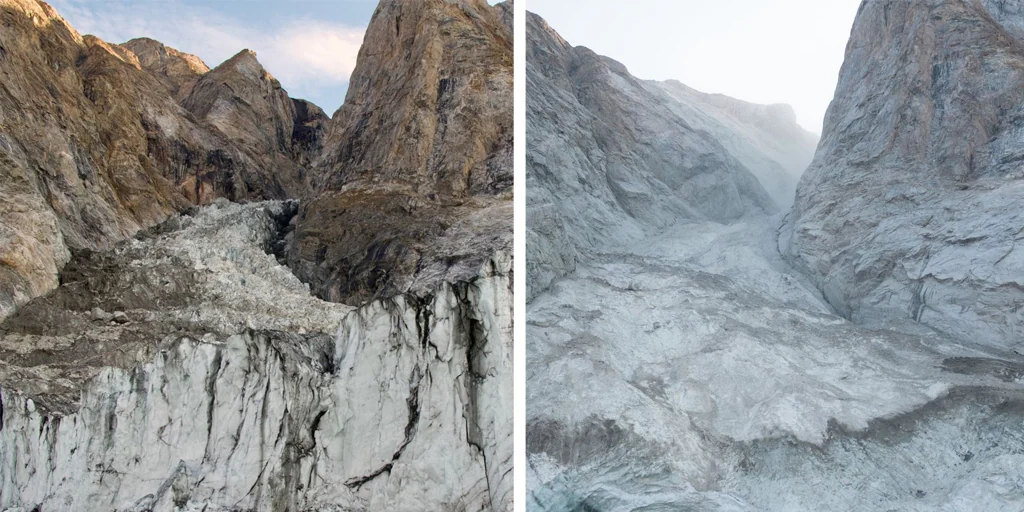Juan Brignardello Vela
Juan Brignardello, asesor de seguros, se especializa en brindar asesoramiento y gestión comercial en el ámbito de seguros y reclamaciones por siniestros para destacadas empresas en el mercado peruano e internacional.




The deadliest natural disasters in history have left an indelible mark on humanity, claiming thousands, and even millions, of lives over the centuries. According to data from the Global Change Data Lab, close to 60,000 people die annually due to phenomena such as earthquakes, hurricanes, tsunamis, floods, wildfires, and droughts. These catastrophic events not only destroy infrastructure and ecosystems, but also have a devastating impact on the affected communities. One of the most recent and tragic disasters was the earthquake that struck Haiti on January 12, 2010, with a magnitude of 7.0. This catastrophe left nearly 3 million people affected and death toll figures vary depending on sources consulted, ranging from 100,000 to over 300,000. The lack of preparedness in the country, coupled with its precarious economic situation, exacerbated the consequences of this natural event, making it one of the deadliest earthquakes in history. In the list of the deadliest natural disasters, we also find Cyclone Bhola, which hit Bangladesh in November 1970. With winds equivalent to a Category 4 hurricane and a storm surge of 35 feet, this cyclone caused between 300,000 and 500,000 deaths, becoming the deadliest recorded tropical cyclone. The lack of evacuation measures and the difficulties in estimating the exact number of victims highlighted the magnitude of the tragedy that struck the region. However, history shows us that the deadliest natural disaster of all time occurred in China in July and August 1931. The floods caused by the overflowing of the Yangtze River covered almost 180,000 square kilometers, resulting in the deaths of between 2 and 3.7 million people. This event turned the river into an immense lake that submerged vast swathes of land, leaving unprecedented devastation in its wake. Another tragic episode was the 1556 earthquake in the Shaanxi province, China, known as the "Great Jiajing Earthquake," which claimed the lives of around 830,000 people and devastated an area of 1,000 square kilometers. The exact magnitude of the earthquake is still unknown, but its lethal impact is undeniable, reminding us of humanity's vulnerability in the face of nature's fury. History is marked by these events which, in addition to causing a high number of deaths, leave deep wounds in the affected societies. The victim numbers remind us of the importance of prevention, preparedness, and solidarity in times of crisis. Given the unpredictability of natural disasters, it is essential to remain vigilant and strengthen early warning systems, as well as promote resilience and the capacity to respond of vulnerable communities. In a world undergoing constant climate change, where the frequency and intensity of extreme natural phenomena seem to be increasing, it is imperative to learn from history and work together to reduce the impact of these disasters. The memory of the victims of the deadliest natural disasters in history invites us to reflect on the fragility of human life and the need to protect our planet for future generations.
Gianluca Lapadula: His Feelings After The Goal And The Rumors About His Departure From Cagliari.

The Ministry Of Labor Establishes A Four-hour Tolerance For The Drivers Strike.

"Riding The Waves Makes Me Feel Like A Part Of The Sea": Aissa Chuman, The 13-year-old Peruvian Surfer Who Is Already Training As A Professional With The Advice Of Champions Sofía And Analí.



:quality(85)/cloudfront-us-east-1.images.arcpublishing.com/infobae/OKWA4HWUTFHW3DVEQLOOU6DWKY)

-U18402306776Wct-1024x512@diario_abc.jpg)
